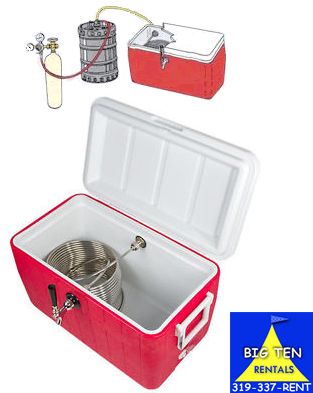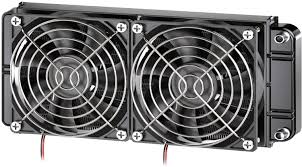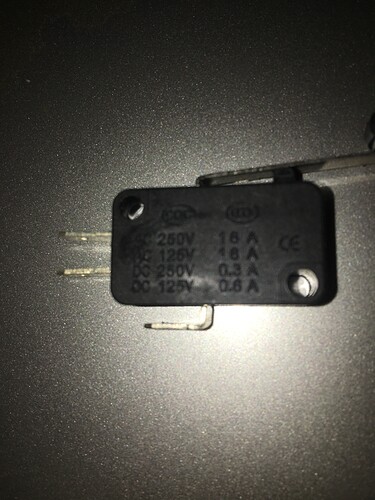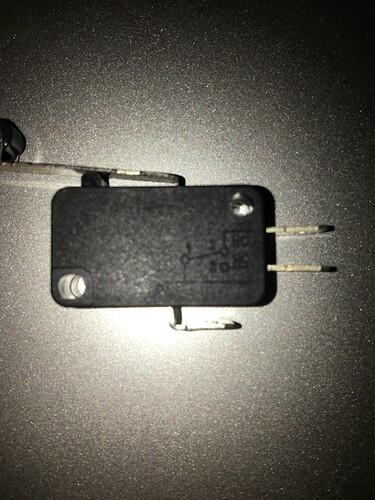I’d suggest that you get your machine and learn how it works, along with it’s idiosyncrasies before you start modifying it.
Only undertake one modification at a time. Don’t modify three things then have to wonder which one broke it…
Always use the KISS engineering principle (Keep It Simple Stupid) it’s a great attitude.
What I’m trying to tell you is what my wifes been after me for 45 years is patience. From the photo, your bill from amazon should help here… lol
It is more than excellent that you have posted here and have gotten some wonderful advice.
The reason I noticed that you had flow sensors was that I have a pair I’m putting in my machine, pretty much the same hardware. So I naturally wondered about your planned use of them. I’m planning on a flow meter and a modification to my air supply system with a Arduino Nano.
I lived in the SW desert when I got my machine, along with a chiller. The temperatures were over 90 F when I got it and temperatures went up substantially from there. The purchased chiller didn’t work for chilling, but was pumping properly and handling the error control. Used the ice and tubing from the 2nd port of the chiller to loop in the ice bucket (beer cooler). Isolated the distilled water from the chilling water.
I will have to tell you, it got REALLY old dealing with ice and water all the time. Unless you are freezing distilled water, you will be wasting a lot of distilled water. If the distilled water is continually diluted with fresh water there’s not much point in using distilled water.
At you temperature range or where you live, a refrigerated chiller is your only choice over buckets of ice water. If you want to invest in something that in your temperature range is a necessity, buy something like a 5200 series chiller. It’s been the greatest addition as I can freely use the laser anytime I want with the push of a button. They are not cheap.
Mine is connected to the Ruida WP1 (water protect) input, so the machine itself doesn’t have any sensors for water flow detection.
@donkjr advised… Be extremely careful of using an indicator that you have to ‘watch’, like the clear one. You won’t see it when you need to. That’s why most of these interlocks are just that, by preventing you from doing it even when you don’t notice.
These things are mesmerizing enough without the requirement to watch other things.
Best of luck… Be following you path, take care.





